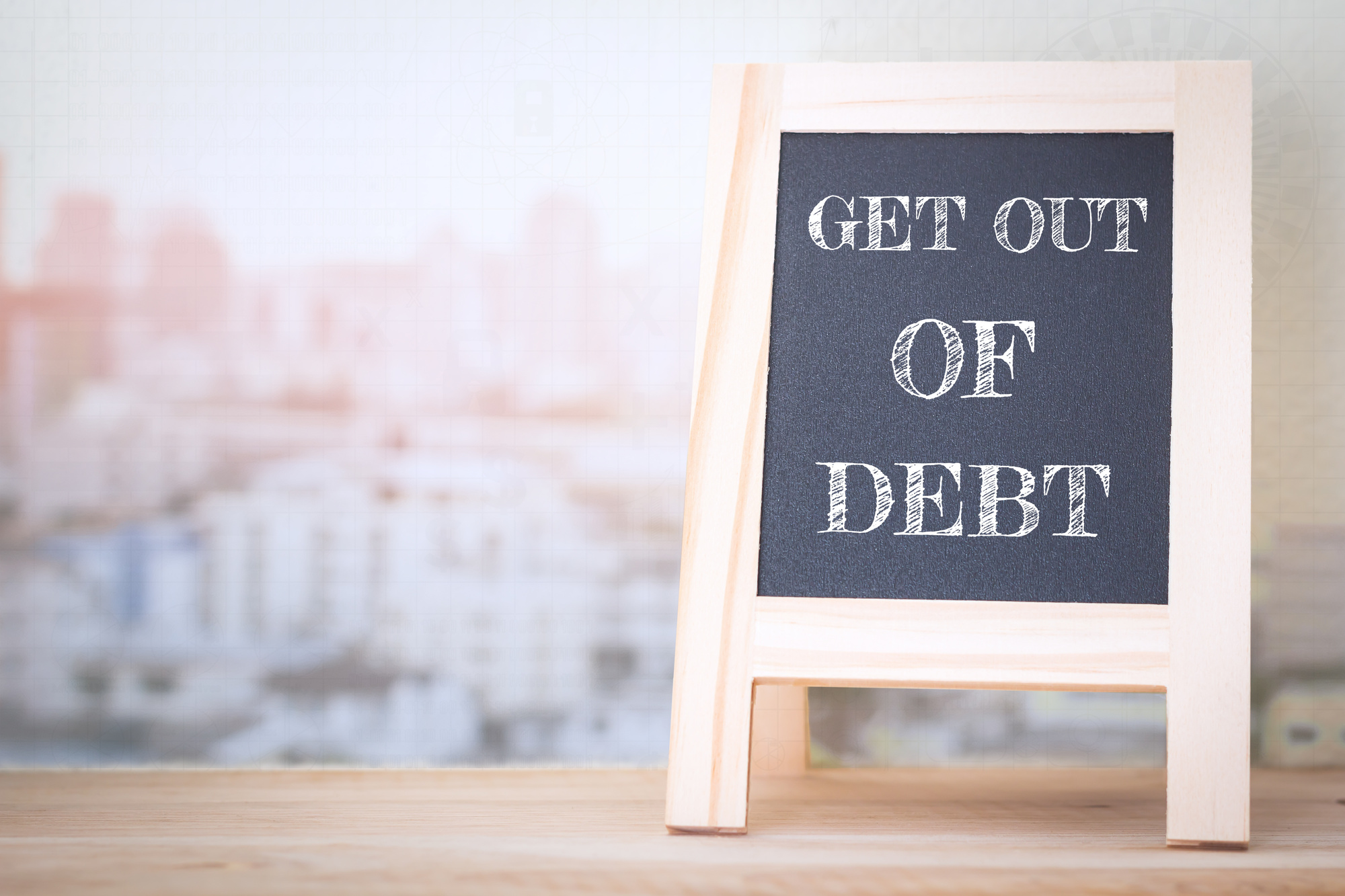Slow and steady might win the race, but does this apply to the financial planning process?
If you’re feeling overwhelmed by debt, you’ve likely seen plenty of tips, tricks and methods that experts claim can get you back in the black.
The only issue? These techniques don’t always line up.
Some people will tell you to pay off your smallest balances first, while others will urge you to focus on those bills that carry the highest interest, instead. Which one should you pursue?
Today, we’re explaining why the latter makes the most sense. When you take the time to tackle that sky-high interest, you free up room in your budget to get a stronger hold on the rest of your finances.
Ready to learn more? Let’s get started!
Debt Snowball Vs. Debt Avalanche
Staring at that pile of bills on your kitchen counter and wondering what debt to pay off first?
When it comes to eliminating debt, there are two primary approaches you can take. Let’s take a look at each one in greater detail.
Debt Snowball Approach
Under the debt snowball approach, you’ll pay the minimum amount due on all of your debts every month. Then, you’ll allocate any remaining funds in your budget to pay off your smallest debt.
The theory behind this method is that once you have the smaller debts out of the way, you’ll have the confidence to start working on the big ones. These quick wins are monetary motivations!
While it isn’t easy to get excited about debt repayment, proponents of this method explain that it’s a good way to build motivation and encourage you to stay the course.
Debt Avalanche Approach
With the debt avalanche approach, you’ll again pay the minimum monthly balances each month. Then, you’ll use any extra funds to pay down your highest-interest debts first.
Once you pay off that top debt, you’ll roll that payment into your next-highest-interest debt.
Why go this route?
You’re paying more to carry a balance on your high-interest credit cards and other debts. If you carry a large balance on this card and wait to pay it off last (via the debt snowball approach), those charges will continue to grow over time.
Less Interest, Quicker Repayment
Chances are, you want to pay off your debt as quickly as possible.
Though you might believe you can get there by getting your smaller-balance cards out of the way first, the math doesn’t always agree.
Let’s take a look at a real-life example. Say you have three debts:
- $5,000 debt with a minimum payment of $50 per month, five percent interest
- $10,000 debt with a minimum payment of $120 per month, eight percent interest
- $25,000 debt with a minimum payment of $485 per month, 10 percent interest
These debts total up to $40,000 per month.
Now, say you’ve budgeted $800 per month to pay down this debt. Once you take care of your minimum payments, that leaves you with $145 extra.
Approach 1: Snowballing
With the debt snowball approach, you’d roll that $145 into your smallest ($5,000) debt. The minimum payment would then become $195 and you’d have that debt erased in 26 months.
Then, you’d take that $145 and apply it toward your next-smallest ($10,000) debt. All the while, you’ve been making the minimum payment on this one. That means by month 26, that balance is down to $7,000 ($120 x 25 = $3,000).
Applying $315 ($195 + $120) monthly, you’d have that balance gone in 23 months.
Finally, you’re ready to tackle that $25,000 debt. By the 40-month mark, you’ve paid $18,915 in minimum payments ($485 x 39). That leaves you with a balance of $6,085. Applying $800 per month ($485 + $315), you’d erase that balance in eight months.
In all, it would take you 57 months to eradicate your debt using the snowball method.
Approach 2: Avalanching
Now, let’s say you started with the highest-interest one first.
That means paying $630 per month ($145 extra + $485 minimum) on the $25,000 debt. It will take you 40 months to pay this biggest one off.
Then, you’ll roll that $630 monthly into your second-highest-interest debt and add it to the minimum payment of $120. By month 40, you’ve lowered that amount down to $5,320 ($10,000 – $4,680 in minimum payments). With a minimum payment of $750 ($630 + $120), it will take you eight months to erase this debt.
Finally, you’ll pay down your lowest-interest debt. Your monthly payment will become $800 ($750 rolled over + $50 minimum). At that rate, you’ll pay the $5,000 debt in seven months.
In all, it will take you 55 months to pay down your debt using the debt avalanche method. That’s two entire months of payments saved over the other approach. Over the course of those months, you’ll also pay less interest when you start with the highest one.
Making The Choice For Yourself
Ultimately, the decision on whether to pay your debts from the smallest amount to the highest amount (snowball) or highest interest rate to lowest interest rate (avalanche) is up to you.
As you’re deciding which route to take, consider your personal motivators. Do you enjoy the thrill of small victories? If so, you might be more likely to stick to a plan and budget if you employ the debt snowball approach.
While it can take a few years to really see the long-term benefits of the debt avalanche, it does pay off in the end. If you can stick with it even without immediate gratification, long-term financial freedom can be yours.
Ace The Financial Planning Process With Us
Are you ready to reclaim control of your finances? We get it. Between credit cards, car loans, personal loans and more, it can seem as though the laundry list of debts will never end.
Thankfully, confidence and clarity are within reach. The key is knowing which steps to take along the financial planning process.
Ready to learn more about how to get out of debt and stay that way? Let’s connect.
Fill out this form and we’ll put you in touch with custom debt consolidation plans that can help you eliminate piles of monthly payments. You don’t have to go it alone!




